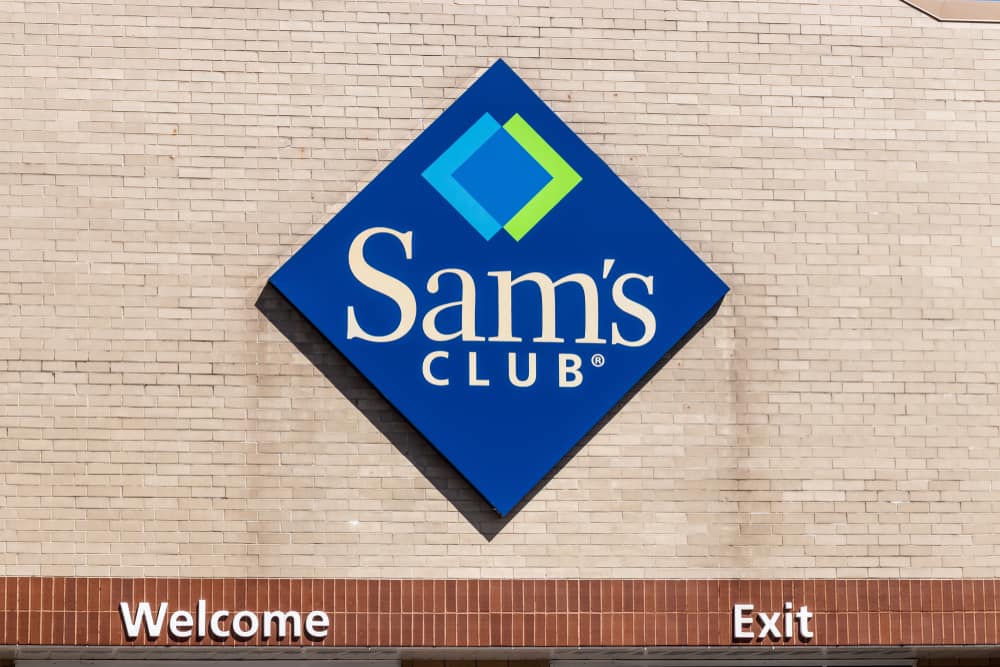The public both loves and hates billionaires. They’re a drain on our economy, funneling much of the nation’s cash to themselves. In turn, they can pull strings and encourage legislation favorable to them as the rest of us who are not as rich receive nothing. However, they are not always like prominent business people who ended up breaking the law on their way to the top.
Yet there is more to most billionaires. They also remind us of the American dream of going from rags to riches and can inspire us to become more. When we read inspiring stories of billionaires who started with nothing, we want to do the same thing. Here are some billionaires who did not inherit their wealth but instead built it up by creating their own empires. Check them out according to Mind Power News, Inc., Business Insider below.

26. Sam Walton
The Walmart franchise is now the symbol of capitalism and the modern world that numerous books have critiqued the phenomenon of “Walmart-ization.” Nevertheless, the retail giant, which has been known to push out small local businesses, has humble beginnings. Sam Walton, the man who began Walmart, grew up during the Great Depression. To help feed his family, he milked cows and delivered milk. He also sold magazine subscriptions and delivered newspapers.

During World War II, Walton joined the military and used his benefits under the GI Bill to attend college and get a loan for $5000. Coupled with a $20,000 loan from his father-in-law, he managed to buy a variety store in Arkansas that became the first of what would be the Walmart franchise. That $25,000 in loans to a milkman became the multi-billion-dollar industry that is the face of modern capitalism. There are thousands of Walmarts and Sam’s Clubs worldwide that deliver consumer goods at the lowest price point possible.
